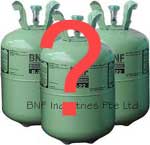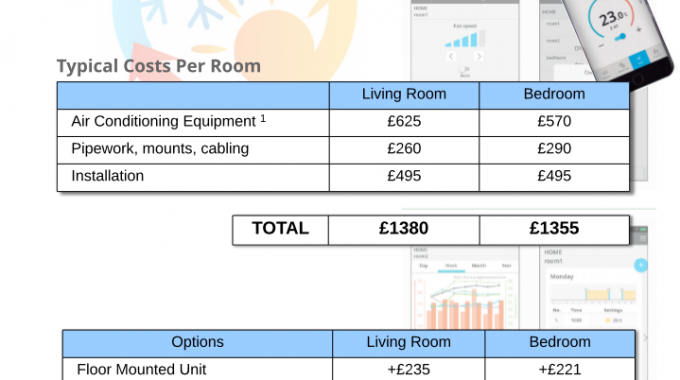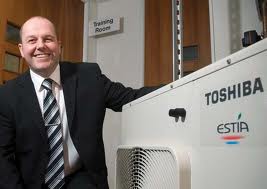
Does your air conditioning uses R-22 gas?
R-22 (or R22) is a refrigerant gas using in air conditioning equipment – so answering the ‘what is R-22’ question is easy, it is the issues around it that’s not so straight forward. Since 2010, new European legislation prevents any new supplies of this gas from being made, leaving only a declining supply of recycled gas available for air conditioning servicing and repairs. At the end of 2014, you will no longer be able to use even recycled stocks in your air conditioning system. Therefore, air conditioning equipment using R22 after this date will be classed as ‘Not Serviceable’. Even before this date, they are becoming increasingly costly to repair, with both reclaimed R22 and spares being harder to obtain and at higher prices.
Why is R-22 being phased out?
Studies have shown that this gas is detrimental to the ozone layer. Recognising this, the EC Ozone Regulation [image position=”right” title=”what is R-22″ alt=”what is R-22″ left_padding=”0″ right_padding=”0″ url=”http://test.airintelligence.co.uk/wp-content/uploads/2012/03/r22-air-conditioning-gas.jpg” width=”150″ height=”145″/]provides the legislative framework for EU member states to meet their obligations to halt this damage to the ozone layer. The EC wide programme to phase out ozone depleting substances began in the 1990s with a ban on the most harmful CFCs, such as R12. This was followed by a ban on new equipment using ‘transitional’ CFCs, which include R22.
What gas do modern air conditioning systems use?
Unlike the R22 refrigerants, each new and refurbished buildings now use refrigerants such as ammonia, and R404A, R410a and R407c which have zero ozone depleting potential. These refrigerants are also proven to be more energy efficient than the R22 refrigerant and are therefore a wiser and more popular choice for the companies in question.
How do I know if my air conditioning units use R22?
If your air conditioning system was installed before 2004, it may be using R22 refrigerant. Any systems installed after 2004 would have used a ‘modern’ refrigerant such as R407a or R410a.
What should I do?
Well.. doing nothing is not an option!
Any R22 system failure after the end of 2014 is likely to require extensive and unpopular downtime to resolve. So with time running out, companies need to formulate a phase-out plan right now:
1. Identify which air conditioning units us R22 or any other banned refrigerants.
2. For each unit, a decision whether to replace, convert or leave as-is. This decision should be based on criteria such as system type, location criticality, age, condition, and most importantly energy efficiency.
This may be a complex exercise and we are more than happy to bring our experience to bear and to help you devise this plan.
What if I need to replace some air conditioning systems?
It may be that some systems can be refilled with another gas, which would be the lowest cost alternative. If replacement is necessary, using existing pipe work is more than likely possible, but with new outdoor condenser equipment installed. It may also be possible to retain your internal air handling units.
So don’t panic, we can help and there are ways of keeping the cost much lower than installing a whole new system.
The good news is:
Replacing systems with equipment that uses an eco-friendly refrigerant, like R410a, may well be the most cost-effective option for some old, inefficient systems. R410a is more energy efficient, offering a
35% greater heat transfer rate than R22. So in addition to complying with current and forecasted legislation, the cost of replacement will bring savings in operational electricity costs through improved energy efficiency.







